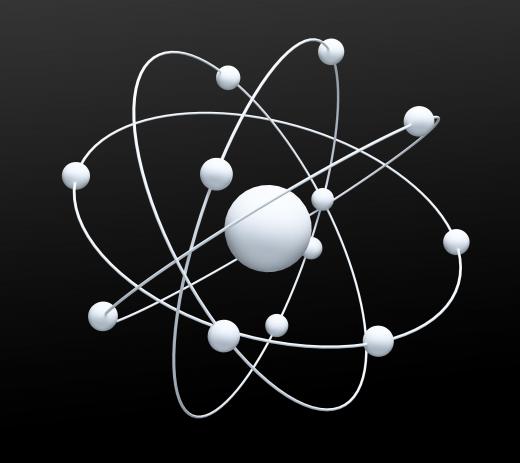What Is Tandem Mass Spectrometry?
Tandem mass spectrometry is a chemistry technique that uses a machine to assess the levels of different substances in a sample. It achieves this by breaking down the molecular components of the sample into small pieces, and measuring the mass of these pieces. Tandem mass spectrometry is a useful medical diagnosis method, as many conditions produce a distinctive profile of biological molecules. Although the technique has other applications, its most widely recognized use is diagnosis of congenital conditions in babies.
A mass spectrometer is sensitive enough to accurately assess the mass of a molecule, down to the atomic level. Molecules are tiny structures that are made up of atoms stuck together. It is the type and amount of atoms, and the way they are arranged in the molecule, that dictates what the molecule is. A protein, for example, is made up of many smaller sections called amino acids, which in turn divide up into atoms. A fat molecule is made up of smaller sections called fatty acids, which also divide up into atoms.

Each atom has a specific mass, which means that small molecules like amino acids, and the proteins they make up, have their own distinctive mass. The mass spectrometer can measure the mass of molecules to a very sensitive level by assessing how it responds to electrical charge, which relates to mass. It then translates these masses into substances, using a computer. An analyst can therefore input a sample into the machine and wait for the tandem mass spectrometry technique to give him or her a result.
Although this is the overall idea of a mass spectrometer, inside the tandem mass spectrometry unit more complex processes are going on. The machine is actually made up of two or more mass spectrometers, hence the tandem description. The first spectrometer separates the sample components and assesses their masses, but then sends these separated molecules into a segment of the tandem mass spectrometer called the collision cell. In the collision cell section, which is between the first and second mass spectrometer in the unit, the molecules get broken up into pieces. These pieces then move into the second spectrometer, which analyzes the mass.
The information gathered by the machine from the tandem mass spectrometry technique is translated into names of molecules for the analyst. Medical scientists know that certain conditions display a characteristic profile of biological molecules, in a sample such as blood. A comparison of a sample to a known profile can help a doctor to diagnose certain conditions, such as newborns with problems in metabolism.
More than one condition may be recognizable from a single round of tandem mass spectrometry, which is a time and money-saving advantage for the technique over tests that only identify one condition at a time. Examples of medical problems that are identifiable through this form of mass spectrometry include phenylketonuria, a condition that can result in intellectual disability if untreated, and galactosemia, which can be lethal to babies.
AS FEATURED ON:
AS FEATURED ON:











Discuss this Article
Post your comments